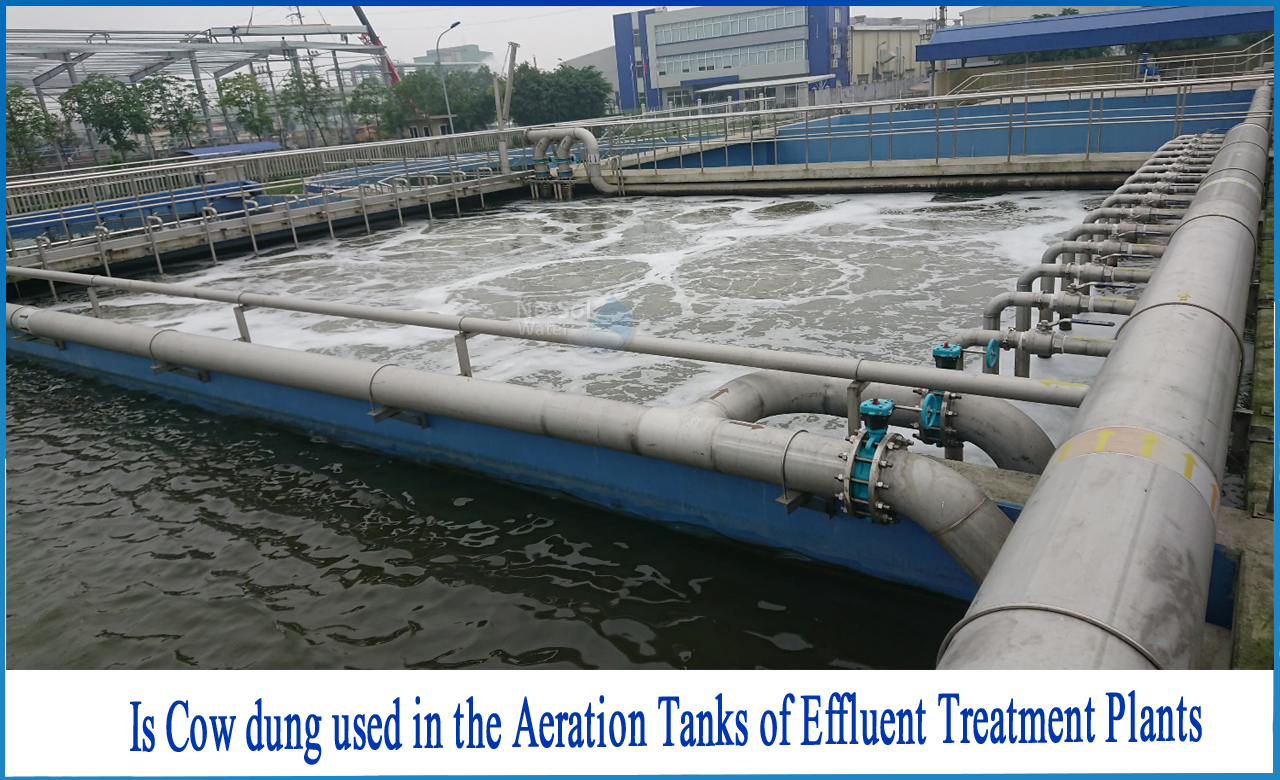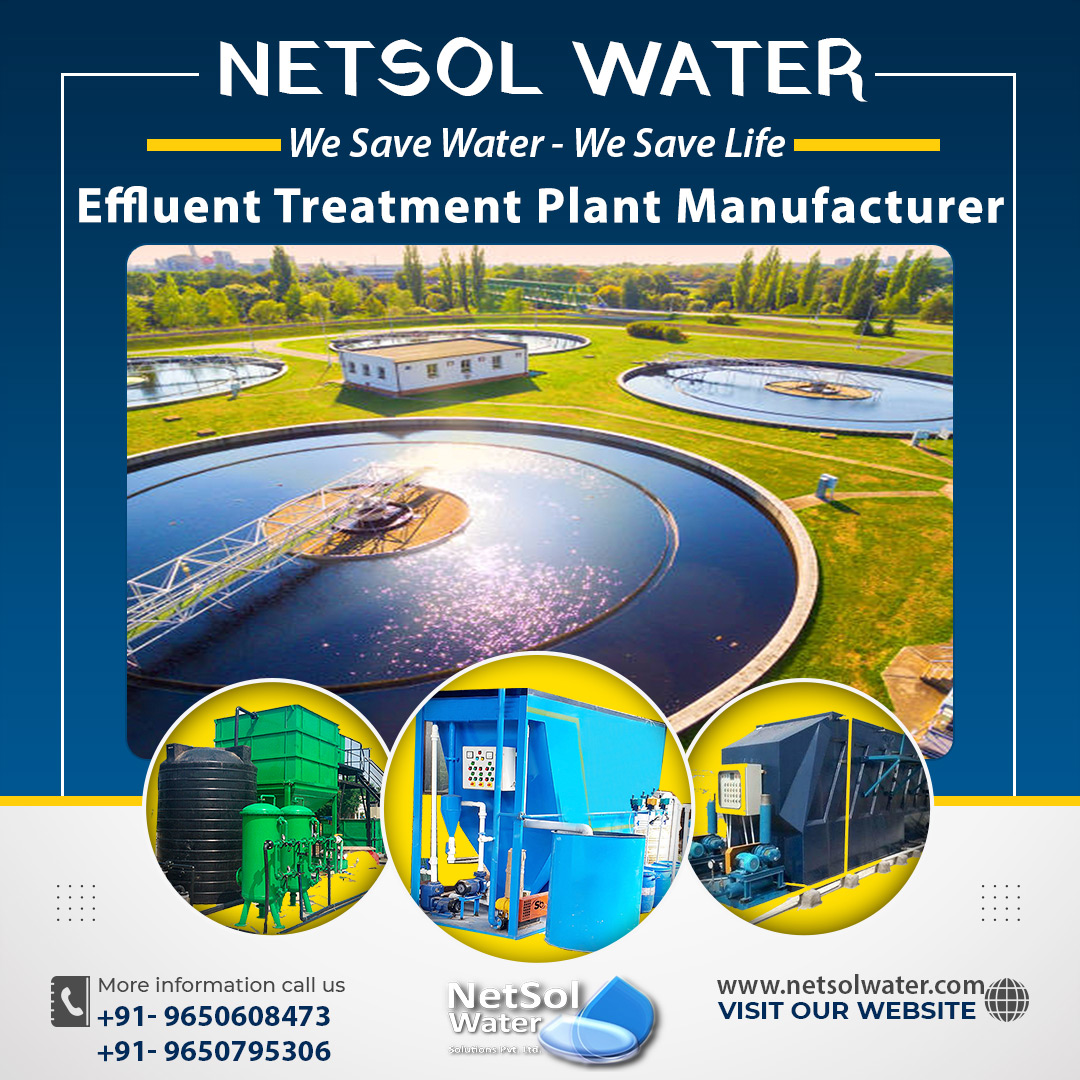What is an Effluent Treatment Plant?
Effluent treatment plant (ETP) is a wastewater treatment process (WWTP) plant. It is commonly used in industries such as pharmaceuticals, textiles, and chemicals where there is a risk of excessive water contamination. These plants are critical in the treatment of industrial wastewater. Organic matter, inorganic matter, heavy metals, oil and grease, suspended particles, and other pollutants are all handled in an ETP.
There are various types of wastewater treatment plants, including chemical treatment, biological treatment, a mix of chemical and biological treatment, and much more.
Is cow dung used in the aeration tanks of ETP?
In addition to the conventional contents like as urine and faeces, wastewater also contains undesirable odours, certain bacterial pathogens, faecal Coliforms, fungi, and chemicals such as phenols, nitrate, chloride, and so on. In such cases, it is critical to treat the wastewater so that the land or receiving water body may absorb the treated water without hesitation.
In one study, cow dung was applied to the collected samples at various quantities. A control was kept and it was found that the use of cow dung to cure black water improved its physicochemical properties.
What effect does cow dung have on the ETP process?
Activated sludge for biological treatments must be obtained from a sewage treatment facility or from enterprises that use an activated sludge technique to treat their wastewater. Alternatively, active biomass may be produced using cow dung or raw sewage.
If cow dung is utilized as the principal source of build-up, the grass and paper that are typically found in cow dung must be eliminated by providing the requisite screening facilities. It must be aerated for 72 hours after being transferred to the aeration tank before injecting in the wastewater. To begin, about 2000 mg/l of suspended particles should be available in the aeration tank.
When fresh cow dung is introduced, it will take around 12 tons of cow dung per day to build up biomass in each aeration tank until the MLSS reaches the desired level.
Micronutrients should be supplied by adding 50 kg/day Urea and 50 kg/day DAP to each aeration tank during biomass development; however, this quantity may be adjusted depending on the level of ammoniacal nitrogen and phosphate in the aeration tank.
The process of Acclimatization
To prevent exposing the microorganisms contained in the sludge to the concentrated wastewater, the biomass created must be acclimatized to it. In general, a little amount of wastewater is injected into the aeration tank in short-term batches.The amount is gradually raised by increasing the duration of batches until 100 percent wastewater feed is obtained in three to four weeks. Every day, the suspended solids concentration in the aeration tank, denoted as mixed Liquor Suspended Solids (MLSS), is measured to track the growth of biomass.
Addition of Nutrients
DuringAcclimatization, each Aeration tank should receive about 10 kg/day of DAP and 10 kg/day of Urea. This addition quantity, however, must be adjusted based on the ammoniacal nitrogen and phosphate contents in the mixed liquid.
Conclusion
Introducing cow dung in ETPs may generate biomass and work in the same manner as regular ETPs, but the period of biomass generation may be longer.
What do we offer?
Netsol Water is a renowned producer of water and wastewater treatment plants. Based on client feedback and job quality, we are the most demanding organization in the water industry. We have a reputation for being the top commercial RO plant manufacturer, industrial RO plant manufacturer, sewage treatment plant manufacturer, effluent treatment plant manufacturer, and much more. Aside from that, our USP is 24x7 customer assistance.




